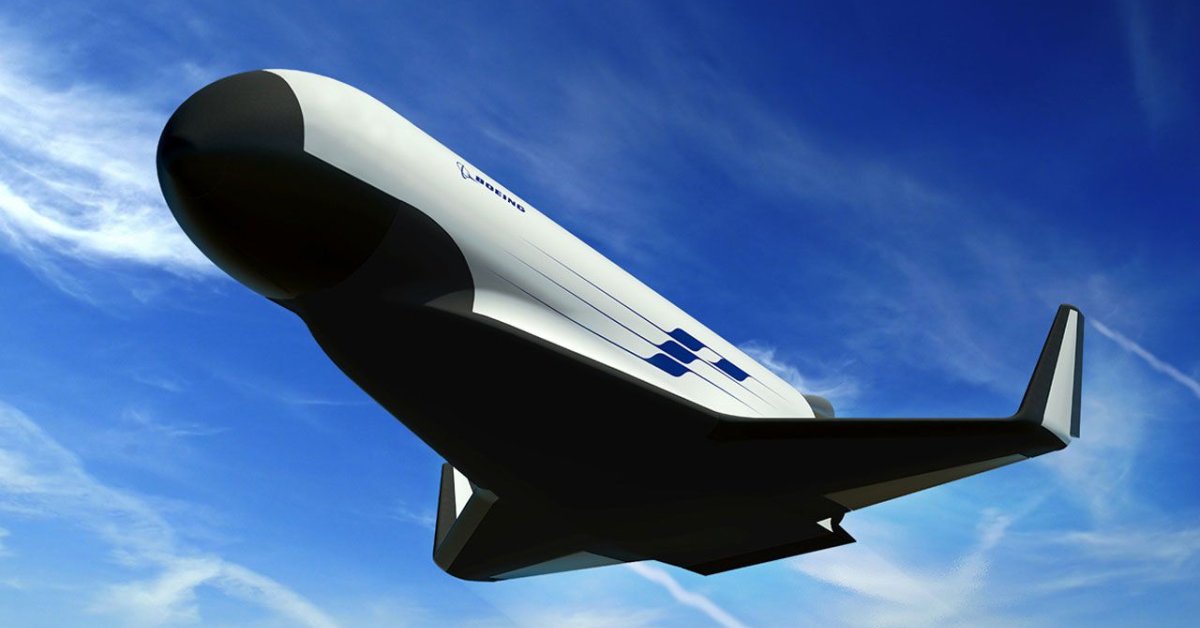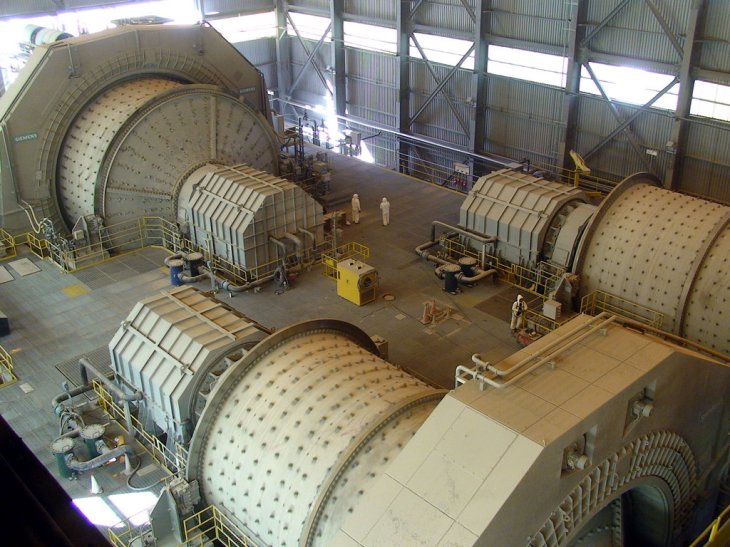World's Most Heat Resistant Material Created, Potential To Be Used For Reusable Spacecraft
Aadhya Khatri - Jun 02, 2020

The new material’s heat-resistant ability and its toughness are promising as we now have a prime candidate to manufacturer reusable spacecraft
- The First Space Hotel In The World Will Welcome 400 Guests
- Startup Builds Vehicle With Soviets Tech To Collect Space Garbage
- World's First Space Hotel To Begin Construction In 2025 With Rooms For 400 Guests
Scientists have been into the idea of reusable spacecraft for years as it would make space travel more cost-effective.
The biggest obstacle preventing space agencies from making reusable spacecraft is to find a material that can withstand the extreme heat generated when it exits and enters the Earth’s atmosphere.
Recently, we have a new breakthrough in this respect from the Moscow-based National University of Science and Technology. What they found out is a ceramic material that can withstand an extreme level of heat.
Before this invention, the throne of most-heat-resistant material belongs to a mix of elements hafnium and carbon. It was tested in 2016 by a team of scientists of the Imperial College London using a laser technique to determine the melting point of materials. Hafnium carbide melts at around 4000 degrees Celsius.

Before the invention of Hafnium carbide, scientists at Brown University predicts that a compound of nitrogen, hafnium, and carbon would by world’s most heat-resistant compound using computer modeling. According to their study, that material’s melting point is over 4100 degrees Celsius, around 2/3 of the Sun’s temperature.
With the prediction of experts from Brown University in mind, scientists at the National University of Science and Technology made hafnium carbonitride and test its level of heat-resistant against hafnium carbide.
This material is created by a ball mill with carbon and powdered hafnium, a cylindrical grinder with balls inside to generate high-energy collisions. After that, the composite carbon and hafnium particles are combusted in an atmosphere filled with nitrogen.

In a test to compare the durability of hafnium carbonitride and hafnium carbide. Scientists place samples of the two materials on graphite plates in vacuum environment.
When the two samples are heated with molybdenum electrodes, it was proven that hafnium carbonitride’s melting point is higher than that of hafnium carbide.
Because the melting point is too high, scientists were unable to measure it precisely in labs. So for a more exact number, we will have to wait until scientists conduct another test with the laser technique, just like one did by experts of Brown University.
The new material’s heat-resistant ability and its toughness are promising as we now have a prime candidate to manufacturer reusable spacecraft that can withstand the extreme heat of exiting and entering the Earth atmosphere.
>>> Space Junk Entering Earth Created A Mesmerizing Light Show In The Sky
Featured Stories

Features - Jul 01, 2025
What Are The Fastest Passenger Vehicles Ever Created?

Features - Jun 25, 2025
Japan Hydrogen Breakthrough: Scientists Crack the Clean Energy Code with...

ICT News - Jun 25, 2025
AI Intimidation Tactics: CEOs Turn Flawed Technology Into Employee Fear Machine

Review - Jun 25, 2025
Windows 11 Problems: Is Microsoft's "Best" OS Actually Getting Worse?

Features - Jun 22, 2025
Telegram Founder Pavel Durov Plans to Split $14 Billion Fortune Among 106 Children

ICT News - Jun 22, 2025
Neuralink Telepathy Chip Enables Quadriplegic Rob Greiner to Control Games with...

Features - Jun 21, 2025
This Over $100 Bottle Has Nothing But Fresh Air Inside

Features - Jun 18, 2025
Best Mobile VPN Apps for Gaming 2025: Complete Guide

Features - Jun 18, 2025
A Math Formula Tells Us How Long Everything Will Live

Features - Jun 16, 2025
Comments
Sort by Newest | Popular